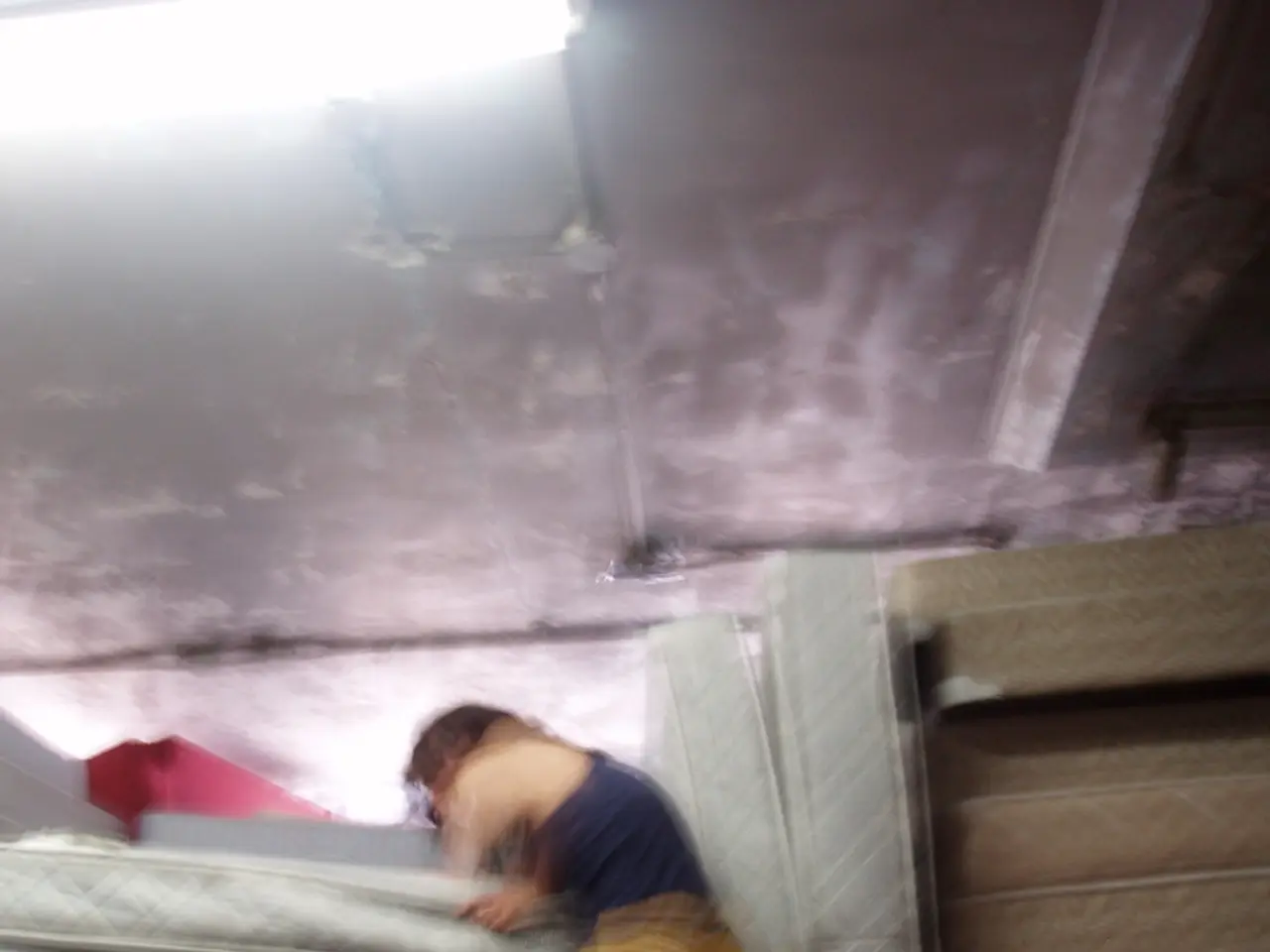Duration of a Mattress and Indications for Replacement
Mattresses, an essential part of our daily lives, play a crucial role in ensuring a good night's sleep. But how long do they last, and what factors influence their durability? This article aims to shed light on these questions and provide valuable insights for choosing the right mattress.
Typical Lifespans by Mattress Type
The lifespan of a mattress varies significantly by type and quality. Here's a breakdown of the expected lifespan for common mattress types and their key durability factors:
- Innerspring Mattresses: With a lifespan of 5.5 to 10 years, the durability of innerspring mattresses depends on factors such as coil type (open coil vs. pocketed), coil gauge/thickness, and construction quality. Open coil innersprings tend to sag faster, leading to shorter lifespans.
- Memory Foam Mattresses: These mattresses last around 6 to 7 years, with foam density being a key determinant. Higher density foam tends to last longer.
- Hybrid Mattresses: These mattresses, which combine innerspring and foam, can last up to 10 to 20 years, thanks to factors like coil count, coil gauge, and the type of foam in comfort layers (with latex foam being more durable than memory foam).
- Latex Mattresses: Known for their durability, latex mattresses can last 8 years or more, often outlasting other mattress types.
Factors Influencing Mattress Lifespan
Materials and Construction Quality
High-density foams (memory foam > polyfoam) and natural latex are more durable. Innerspring mattresses with pocketed coils and thicker coil gauges are also more durable than those with open coils.
Maintenance
Proper care, such as rotating the mattress every few months and using a mattress protector, can extend its lifespan.
User Factors
Heavier sleepers, couples, children, or pets can accelerate mattress degradation due to increased wear.
Original Quality vs. Price
While higher quality and pricier mattresses generally have better construction and materials, price alone is not a guarantee of durability.
Summary
- Low-end innerspring mattresses typically have the shortest lifespan (around 5.5 to 6.5 years).
- Memory foam ranges around 6 to 7 years, with density as a key determinant.
- Hybrids and latex mattresses outlast others, potentially lasting up to 20 years for high-quality hybrids and at least 8 years for latex.
- Regular maintenance and sleep environment significantly affect actual mattress longevity.
Remember, a mattress that no longer supports a good night's sleep or shows signs of wear and tear may need replacing. Common signs include sagging, lumps, visible wear and tear, discomfort, stains, smells, dirt, and the presence of bed bugs.
A mattress encasement, which covers the whole mattress, can protect it from bed bugs and mites. A change in weight, sleeping styles, or usage can also indicate the need for a new mattress. The Better Sleep Council suggests that mattresses typically need replacing after 7 years.
More than 75% of each mattress is suitable for recycling, preventing it from entering a landfill. To find your nearest recycling facility, refer to a mattress recycling directory.
In conclusion, the durability of a mattress depends on its usage, type, and quality of materials. Maintaining a mattress properly, choosing the right type, and being aware of the signs of wear and tear can help ensure a good night's sleep for many years to come. Additionally, using a mattress cover or protector can help protect against dust and dirt.
[1] Sleep Foundation [2] Sleep Foundation [3] Sleep Foundation [4] Consumer Reports
- A high-density foam mattress and a natural latex mattress, often known for their durability, can potentially last up to 7 years and more than 8 years respectively, highlighting the importance of considering the materials and construction quality when choosing a mattress.
- Proper mattress maintenance, such as rotating the mattress every few months and using a mattress protector, can help extend the lifespan of the mattress, ensuring a long-lasting comfort and support for one's lifestyle, especially within a home-and-garden context.




